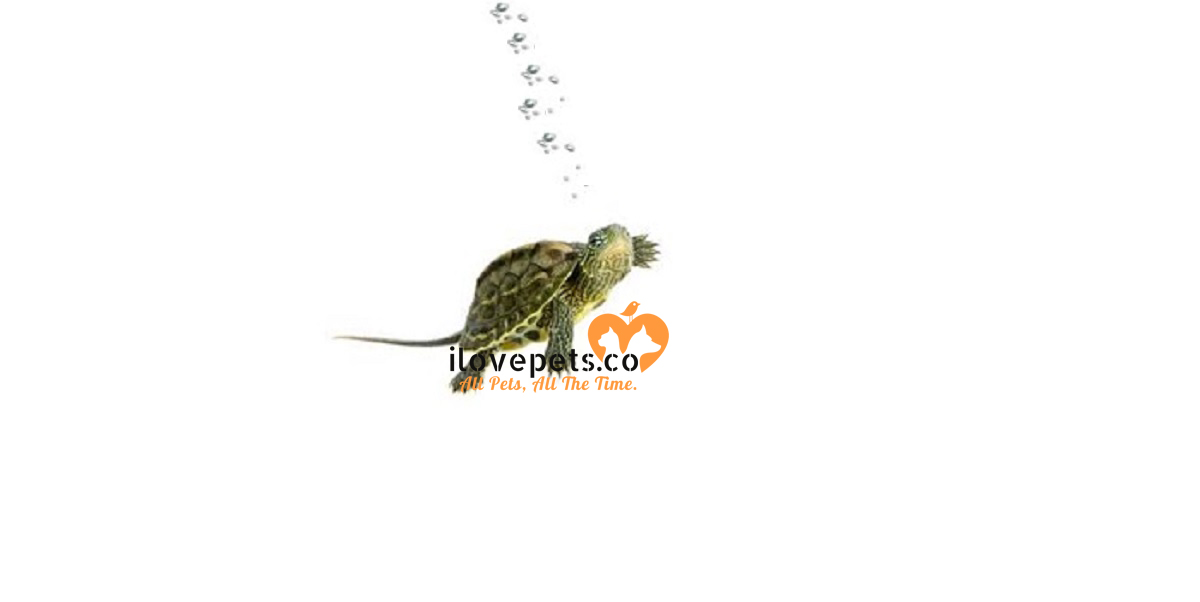
Keeping turtles as pets can be fascinating if proper attention and care is given. A lot of turtle species can be kept as pets. It is very important to learn about the specific species before keeping them as different species may require different caring techniques.
In this article I am not going to write on how to care for a specific species. Rather, I am just going to talk about some of the most important things you need to consider while keeping pet turtles, tortoise or terrapins.
Well let’s get started..
First of all, if you already don’t have a turtle but you want one, it is best to buy them from a renowned breeders or pet shops. That way you do not end up getting sick or illegal turtles. Do not buy banned or wild caught ones as it is illegal to keep them turtles as pets.
The main point in keeping pet turtles, as with any other pets, is being responsible. Turtles, tortoise and terrapins can live for decades if handled properly. Food, housing and vet care can be costly over time though, so be prepared.
The sale of turtles less than 4 inches long has been banned in the US since 1970. This is due to the fact that cases of salmonella were detected on children with small turtles as pets. Since small kids tend to stick everything in their mouth, they are not suitable pets for babies.
Reptiles may naturally carry salmonella in their digestive organs. Hence, always remember to wash your hand before and after handling them. Washing hands before is for their safety and after is for your own well being.
Proper housing is essential to keep turtles as pets and different species require different housing techniques. Aquatic and semi aquatic turtles can be kept in a fish tank, an aquarium or an outside pond. They love to swim so a big tank with filtration, for easy cleaning, works great. You also have to make sure they have some resting land too as they can’t always be in the water.
In order to protect them from the soft shell syndrome, regular exposure to UVA and UVB lights is necessary. You need light bulbs, sunlamps or basking lamps in your tanks. The temperature also has to be maintained depending on the species (usually between 70 – 80 degrees Fahrenheit)
Do be very careful regarding the temperature as sudden temperature change can be deadly to all reptiles. If kept outside, you don’t have to worry about exposure to UVA and UVB as sunlight provides enough exposure.

Land turtles can live indoors as well as outdoors. Some tortoises and box turtles can live in an aquarium without any water. Plenty of light should be provided while doing so. However, don’t put the light too close to them as it might hurt their eyes.
Turtles are known to dig the ground. If you are keeping them outdoors in an enclosure, make sure the fence in buried at least one foot underground so they can’t dig themselves out and run away.
Keeping them outdoors to mimic their wild habitat makes them happy and healthy. If kept outdoors, they would hibernate during the fall. This natural cycle is recommended if you are planning to breed them.
Your pet turtles can be herbivores, carnivores or omnivores depending on the species. Tortoise is herbivores and loves lettuce, cabbage, clover and berries. Fish, insects and worms can be fed to carnivorous ones. Omnivores ones eat pretty much what the herbivores and carnivores eat. Fish feeders, food sticks and packaged food for turtles are available at local feed stores and pet shops. But I don’t really recommend just these as their diet.
You can also add fruits, vegetables, fish food and pieces of meat and experiment on what your reptile loves to eat. A balanced diet is very important for them as with any other pets. Giving them human food scraps all the time is also not recommended.
Aquatic turtles also eat fish. Give them live fish. They get good exercise chasing live fishes in the tank. And you get a real kick out of watching them (O: Obese turtles can end up with chronic diseases so do not over feed them.
They are messy eaters so cleaning their habitat regularly is needed to keep them healthy. Fresh water and food should be provided in separate bowls. As their swimming water gets contaminated with feces and urine pretty quick, you have to change the water very often. If the water looks murky and dirty, change the water instantly.
If you notice that the turtle is inactive for a long period of time, except when they are hibernating, they might be sick. If they have cloudy skin patches and milky eyes take them to a vet immediately. Regular visits to a vet are recommended to ensure that you can have a wonderful time in keeping turtles as pets for many years to come.
Please feel free to comment down below and share your thoughts. Plus, if you like this pet article Tweet it, share it in Facebook or your favorite social media outlets.







[…] Download Image More @ ilovepets.co […]
This was an informative article. I’m a huge fan of all chelonians, particularly box turtles. I would add one bit of information though with respect to their housing. If you are not prepared to secure proper housing and facilities, don’t get a turtle! I often see pet turtles in things like tiny fish bowls and sometimes as decorative pets used on plates and it breaks my heart!